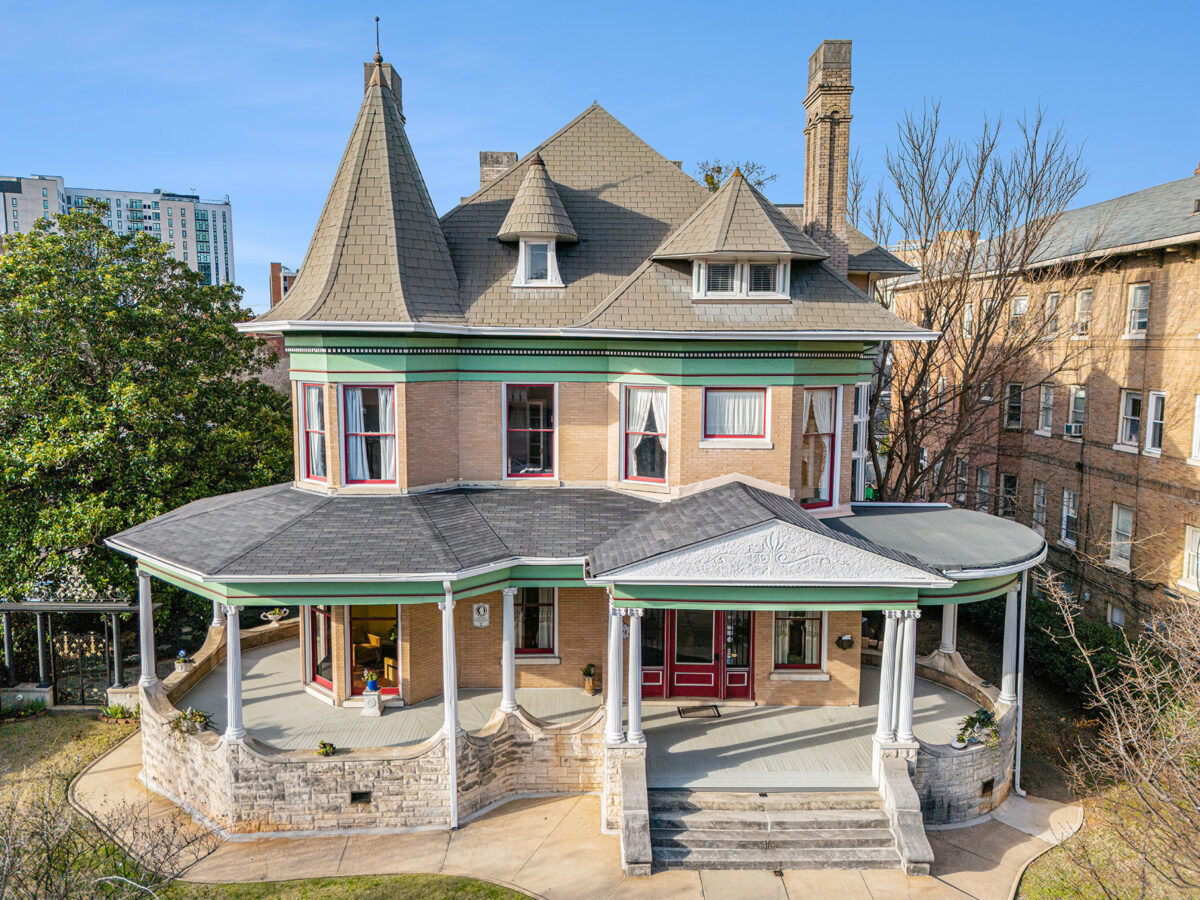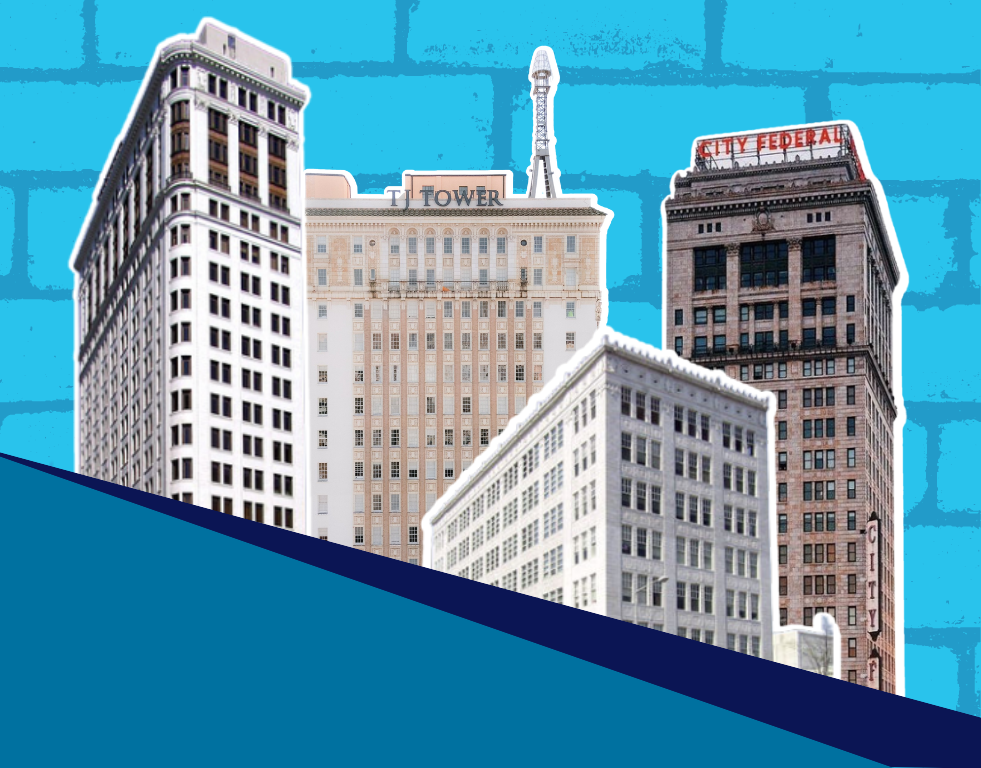

Historic preservation easements are one of the most powerful, but often overlooked, tools available to communities, real estate developers and preservationists. As longtime advocates for saving historic places (you might even call us “building huggers”), REV launched our Historic Preservation Easement Program to help do our part in maintaining Birmingham’s unique character and to add important value to development projects that involve historic structures.
Historic Preservation Easements
A preservation easement is a voluntary legal agreement, typically in the form of a deed, that is used to preserve the integrity of a historic building or site. Essentially, historic elements of a building, usually the facade, are donated to a nonprofit organization – like REV! We then work alongside property owners to ensure that any changes, repairs or improvements to the property are in line with the easement’s preservation goals.
Interested in learning more? Browse our collection of frequently asked questions below.
Are you considering pursuing a historic preservation easement? Connect with our team!
Explore our historic property portfolio

2229 1st Avenue North – The Black Diamond Building
Morris Avenue-First Avenue North Historic District
Year Built: 1903
Original Use: Warehouse
Current Use: Office

2028 Highland Ave – Hassinger House
Five Points South Historic District
Year Built: 1898
Original Use: Residence
Current Use: Bed and breakfast

The case for historic preservation
The Magic City is home to a wealth of historic treasures, particularly within our charming City Center, and REV has long championed the preservation and adaptive reuse of these spaces. Historic preservation not only helps maintain our community’s collective heritage and authenticity but also brings a wealth of cultural benefits. By preserving historic places, we can attract heritage tourists and enhance the vibrancy of our downtown. Preservation also fosters community revitalization, breathing new life into downtowns and historic districts. Preservation promotes sustainability by reusing existing buildings and infrastructure, conserving valuable resources, and reducing the environmental impact of new construction.
There is also a strong economic case for preservation. Properties in historic districts not only retain more of their value but also appreciate faster, contributing to increased property values. Additionally, preserving historic places can lead to higher tax revenues and foster job creation in construction, architectural services and related industries. Historic preservation can even spark business incubation, turning these cherished spaces into thriving locations for new ventures.
Historic preservation is about more than just preserving the past — it’s about enriching our present and ensuring these beloved spaces continue to shape the future of Birmingham for generations to come.
News
-
Safeguarding history, one preservation easement at a time
Filed Under: Developer, Front Page, Historic Preservation, Yaysayers
As longtime preservation advocates, we’re also proud to introduce REV’s own Historic Preservation Easement Program, created to help safeguard Birmingham’s irreplaceable architecture while adding long-term value to development projects involving historic properties.
-
Preservation that pays: How historic tax credits can power a downtown revival
Filed Under: Developer, Downtown Birmingham, Front Page, Historic Preservation
For preservation advocates (or “building huggers,” as we like to call ourselves), historic tax credits are essential. They don’t just help save historic buildings — they support local economies, encourage private investment and breathe new life into spaces that shape the identity of our communities.
-
Listing history, building legacy: The National Register’s role in downtown’s historic districts
Filed Under: Front Page, Historic Preservation
We’ve explored downtown Birmingham’s preservation wins and mourned its losses; this time, we’re turning our attention to the tools that help make preservation possible. In this piece, we’ll be diving into what is arguably the most foundational tool — and often the first step — in any preservation project: getting a building or district listed on the National Register of Historic Places.